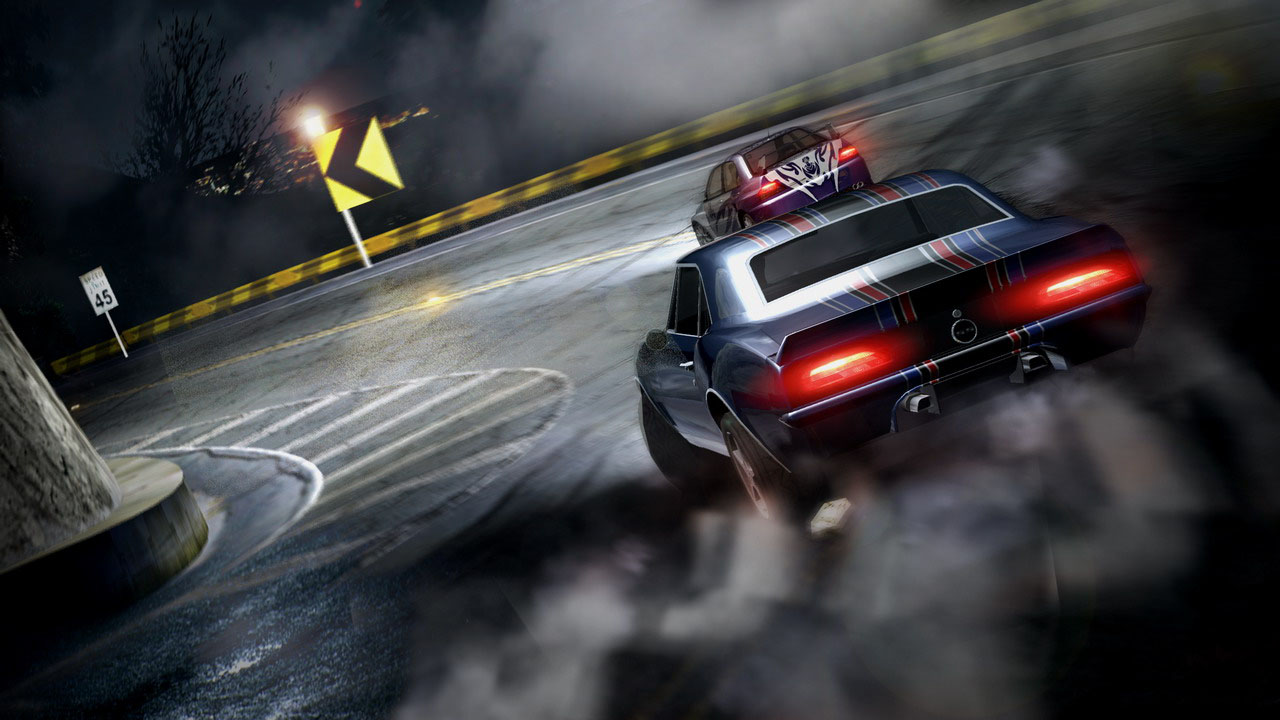

Need for speed carbon free#
Drag racing was cut, because of worries that it likely would not support the winding city roads of Palmont, and for the same reason, Drift racing was reintroduced.Ĭustomization returned with more options, but the incentive was waning because of the lack of its integration into the overall gameplay other than with regards to aesthetics.Īs for the map, there were a few interesting places that were cut from the final release of the game, including free access to the Canyons, and a training area outside of the main map. The good thing is, EA and Black Box knew what they were doing despite these missteps. The gameplay of Carbon did not veer much from Most Wanted, and although there was some semblance of effort visible through the Canyon system, its restricted implementation hurt the gameplay.
Need for speed carbon Pc#
Lastly, the ports for the last generation were nothing to write home about, lacked online connectivity, and left the Carbon PC version as the sole ‘Definitive Edition’ experience.

The sound design was nothing to write home about either, with the engines feeling either force-fed or limp, and the general soundtrack was repetitive and felt out of place. On top of that, as we mentioned, interesting and charming character archetypes like Razor Callahan and Ronnie McCrea were replaced with forgettable stereotypes like Kenji and Darius. Sure, they might have thought that the Canyon races were going to do the needful, but locking it to a certain subset of the story ultimately led to it being largely ignored, setting Carbon’s identity as a lousy cash-grab. The second was giving Carbon an identity. The pursuit felt tacked on, the characters felt insignificant and the story felt lackluster.
Need for speed carbon how to#
The challenge that Black Box and EA faced wasn’t solely rooted in a lack of direction they actually had a fair idea for what they wanted Carbon to be.Ī free, open-world, hip arcade racer that would be a firm addition to a series that was on the rise at that moment in time.ĭespite that, the first problem they faced was deciding how to capitalize off the distinctly over-the-top nature that warmed fans to Most Wanted, and how to carry it over, along with the award-worthy pursuit system.īut as we have seen over the years, neither was achieved. Electronic Arts, coagulation who was well into turning a new corner in the mid and late 2000s into being a big time corporation, was deeply into setting up fancier, flashier new entries into each of their franchises.Īnd this kind of ambition would lead to last-minute additions, multiple unnecessary cuts, and revisions that would ultimately lead to the panning of Carbon.ĭespite that, we believe that it is a decent entry into establishing the signature Need for Speed language deeply embedded in embracing and exploiting the zeitgeist of import and exotic culture of mid-2000s America. What then, could Black Box have done to improve upon what is now seen as perfection?Īnd if the perfect blueprint was already with Black Box after the soaring successes of Underground 2 and Most Wanted, then what led to Need for Speed Carbon being reviewed as the middle child of the series by fans and critics alike? Sometimes even solid, actionable advice can be fruitless, since it cannot be properly applied. An important oversight in the world of sequels, prequels, and advancements in a series is the age-old “Don’t fix what ain’t broke.”


 0 kommentar(er)
0 kommentar(er)
